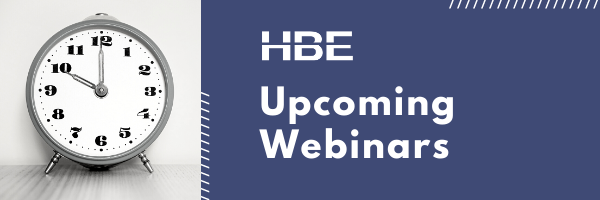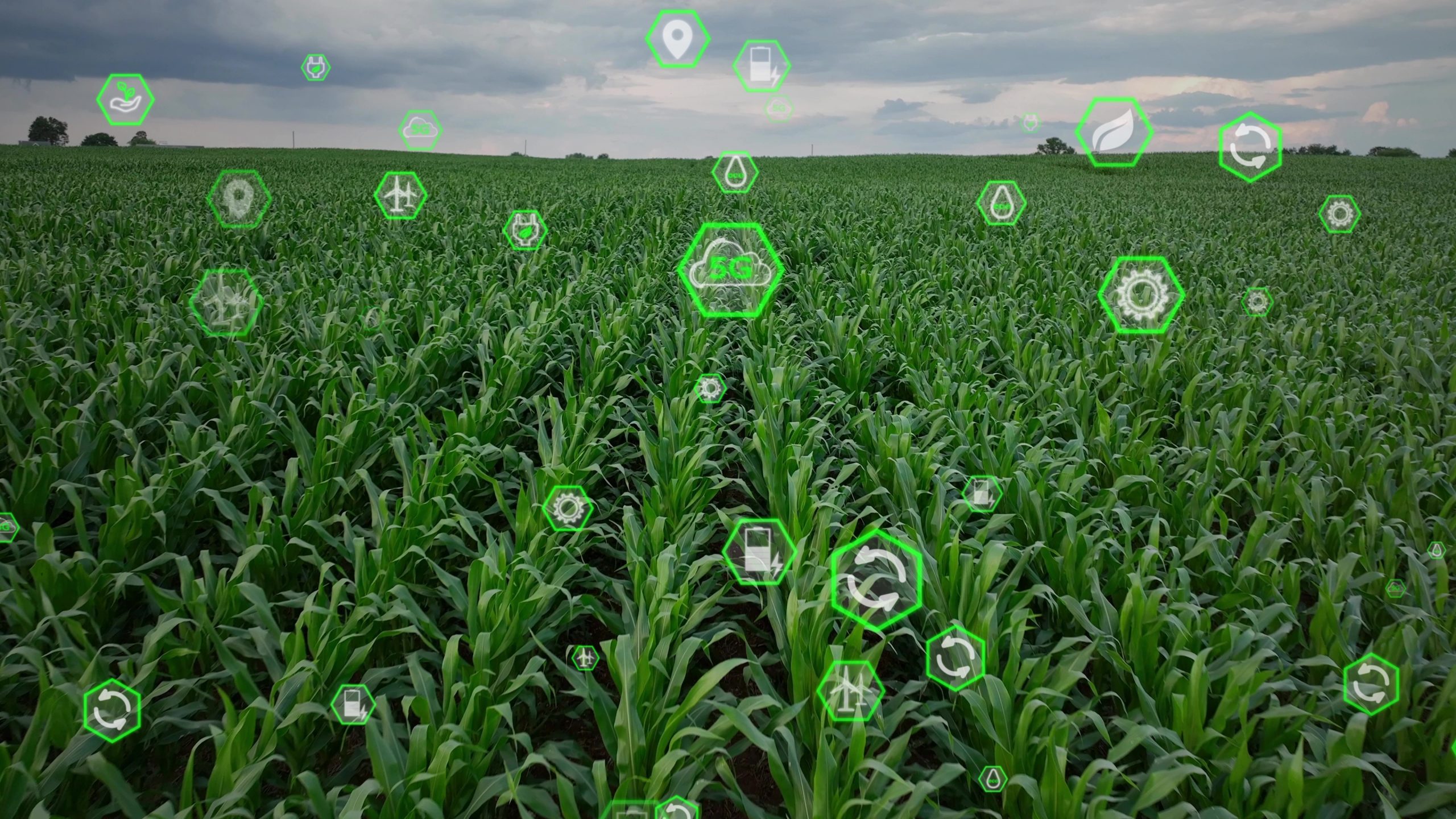New Congressional Covid Relief Bill
PPP Loans and Related Business Issues
December 22, 2020
Late on December 21, 2020, Congress passed its newest $900 billion COVID-19 relief bill. While this bill contains many important stimulus actions to help combat the ongoing impacts of COVID-19, we wanted to highlight the following key provisions regarding Paycheck Protection Program (PPP) loans and related business issues:
- No tax impact from receiving PPP funds—expenses paid with PPP funds are now deductible
- EIDL Advance Grant no longer reduces PPP forgiveness
- Simplified forgiveness procedures for PPP loans less than $150,000
- Second round of PPP loans for certain businesses
- Update to loan amounts for Schedule F farmers
- Non-taxability of SBA loan payments made on your behalf
The bill has now been sent to President Trump for signature, which is expected in the coming days. Please click on each of the topics below for additional information and details.

Special Webinar
Wednesday, December 23
10:00 AM
This webinar hosted by Brian Klintworth, HBE Tax Manager, provides additional information and updates on these issues.
Taxability of PPP Forgiveness & Expense Deductions
The original context of the CARES Act, passed in March, stipulated that PPP forgiveness did not create taxable income. However, members of Congress and the Treasury Department/IRS differed on their interpretation of whether certain PPP-related expenses were deductible. The bill that Congress passed on December 21 provides further clarification, stating that excluding PPP loan funds from gross income DOES NOT:
- Remove or impair the deduction of related expenses
- Impact tax attributes
- Impact the ability for the forgiveness to increase owners’ tax basis. This is an important change that will greatly impact taxable income figures for many businesses, allowing them to retain more cash to help sustain additional business needs in this time of continued uncertainty.
EIDL Advance Grant Impact on PPP Forgiveness
The new bill also clarifies that EIDL Advance Grants, which range between $1,000 and $10,000, no longer reduce PPP loan forgiveness amounts. For businesses who have already applied for forgiveness and paid back the amount of the Grant, it is still unclear on how they may get this money back. We anticipate additional information and direction from the SBA and banking industry on this issue. The bill also confirms that EIDL Advance Grants are not taxable income.
Simplified PPP Forgiveness Procedures for Loans Less Than $150,000
Businesses with loans of $150,000 or less who have not yet filed for forgiveness will want to hold off on filing a PPP forgiveness application for the time being. In the new bill, Congress has provided simplified forgiveness procedures for these loans, which will make it easier to completed the application and also reduce the amount of required paperwork. While we don’t have specific guidance on this yet, Congress has asked that the SBA provide a simplified application form within seven days.
Second Round of PPP Loans for Certain Businesses
Finally, and also importantly, the new stimulus bill calls for a second round of PPP loans for businesses that have:
- 300 or fewer employees (500 or fewer for businesses with more than one location), AND
- Experienced a revenue decrease of at least 25% in any quarter of 2020
More information regarding eligibility certification and application process will be forthcoming. However, we recommend that businesses that meet these two criteria begin preparing now so they can apply as soon as the applications become available. Your bank should already have much of the information from the payroll data you submitted during the first round of PPP funding.
Additional Assistance for Farmers
Farmers who file on Schedule F also received an update in calculating their maximum PPP loan eligibility with the new bill. Previously, for their own earnings, farmers were capped at their Schedule F bottom line. Previously, a farmer with no employees that showed a small loss wouldn’t have been eligible for a PPP loan. However, eligibility for the second round of PPP funding is now based on gross income, not net income to the farm.
As an example, a farmer with $100,000 or more of gross receipts on their Schedule F will now qualify for the maximum PPP loan amount of $20,833. Also, farmers that originally received a portioned PPP loan, but now qualify for additional funding under the criteria of the new bill law, can go back to their bank to request additional loan proceeds up to the maximum allowable. The treatment would be the same for farmers with employees, with any updates to the loan based on the farmer’s own compensation.
SBA Business Loans
Businesses with existing SBA loans have had six months of payments made on their behalf by the SBA. Recently, the SBA issued guidance on 1099 filing for these amounts, making it clear that these payments, both of principal and interest, would be taxable income to the businesses. However, the new relief bill clarifies that these payments are not taxable income for businesses, nor are any related expenses non-deductible. The SBA will also, in general, be making three additional months of payments, bringing the total from six months to nine months.
As you can see, there are many new and complex business updates included within the new relief bill. However, there is much more yet to be unpacked. Additional considerations of note include:
- Business meals will be 100% deductible in 2021 and 2022
- Second round of direct stimulus payment to individuals up to $600 single or $1,200 joint filers
- Extension of unemployment assistance
- Extension of the above the line charitable contributions for individuals that do not itemize to cover both 2020 and 2021 tax years ($300 single, $600 joint filers)
HBE will continue to analyze the impacts of this latest relief bill and provide updates as more information becomes available.
This communication and any applicable contents pertaining to COVID-19 employer relief provisions is based on our professional judgment given the facts provided to us and the COVID-19 employer relief provisions guidance as of the date of the communication. Subsequent developments changing the facts provided to us, or differences in the final guidance and regulations once they are issued, may affect the advice provided. These effects may be material.



